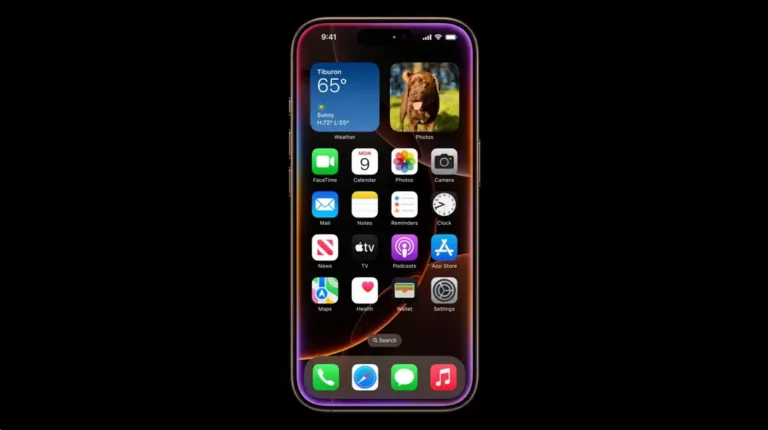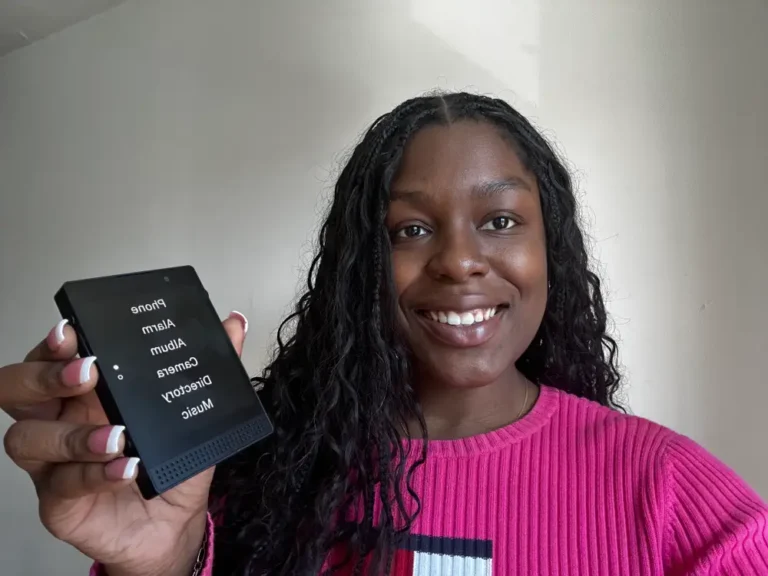iPhone 16: Everything we know ahead of next week’s Apple event, including release date, price, features, and more
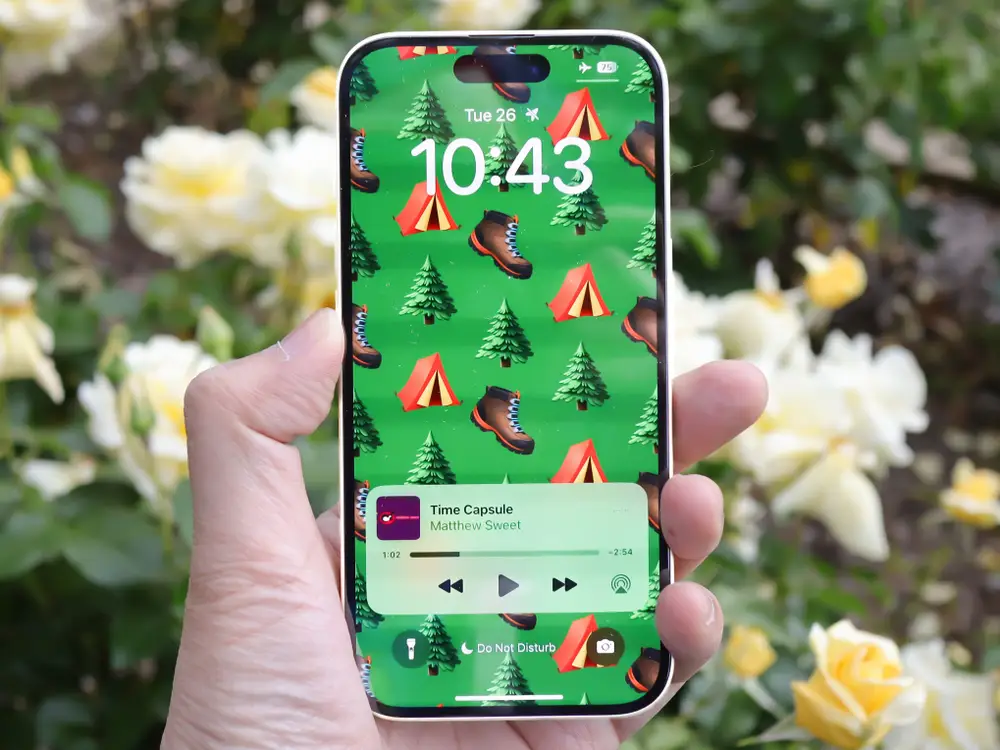
If claims and predictions are accurate, the iPhone 16 series could come with several key upgrades, even if it might look similar to the iPhone 15 (pictured).
In just a few days, on September 9, Apple will announce new iPhones. Unless the company unexpectedly changes the way it names iPhones, the next series will likely be known as the “iPhone 16” series.
As we approach the announcement, claims about the upcoming iPhone 16 can still become dispelled or even more accurate. New speculations can also arise, even in the next few days.
So far, industry analysts and sources with good track records of making accurate claims and predictions have made a variety of plausible assertions about the iPhone 16 series, and some of them paint an optimistic picture regarding upgrades and new features.
With that said, claims and predictions are exactly that. Even if the information we include here comes from oft-reliable sources, nothing here should be considered fact, nor should you decide to buy or skip the iPhone 16 based on these claims and predictions.
For the first time in years, we expect to see brand-new, larger display sizes for the iPhone 16 Pro models, for example, while the base iPhone 16 models are expected to get an interesting new button.
After Apple’s WWDC 2024 event, some things about the upcoming iPhone 16 series became concrete, at least on a software level.
iPhone 16: Models
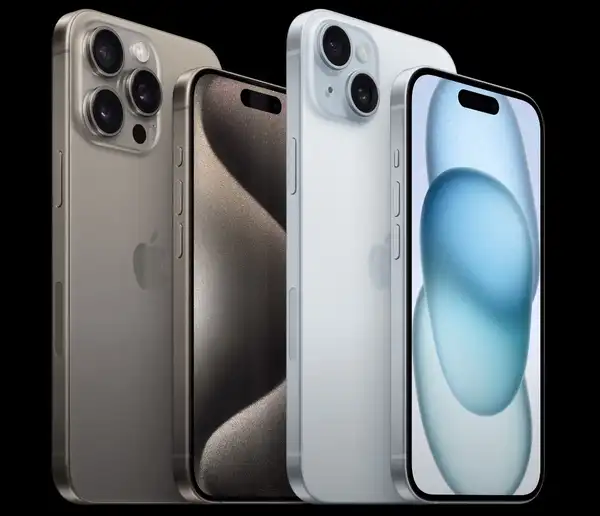
Expect Apple to continue the four-model lineup of the iPhone 15 generation.
According to reporting from renowned Apple reporter Mark Gurman of Bloomberg, the iPhone 16 series will likely see the same model lineup as the iPhone 15 series, including an iPhone 16, iPhone 16 Plus, iPhone 16 Pro, and iPhone 16 Pro Max.
There’s always the potential that Apple will shake things up. It’s done so in the past by replacing the iPhone Mini models with the iPhone Plus models, and rumors of an iPhone “Ultra” model have occasionally surfaced over the last few years. Yet, there’s no solid indication Apple will make any major changes regarding the model lineup for the iPhone 16.
Gurman reported that Apple could release a new iPhone SE model in early 2025, and it’s not expected to coincide with the iPhone 16 lineup in September.
iPhone 16: Display sizes and screen tech
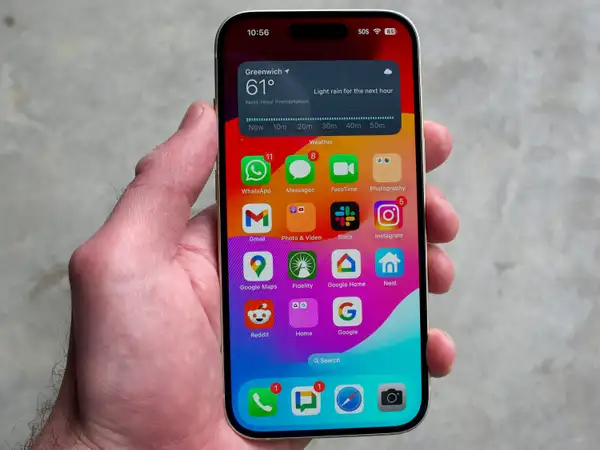
The base iPhone 16 models are likely to stay the same size as the base iPhone 15s, while the iPhone 16 Pro models may get larger screens.
The iPhone 16 Pro models are expected to have larger displays than previous generations, according to Ross Young, CEO of display industry research and consultancy firm Display Supply Chain Consultants, who has a good track record with predictions for unreleased iPhones. It’s also reported by several outlets citing other sources, including Apple Insider, Bloomberg, and Tom’s Guide.
The iPhone 16 Pro will reportedly have a larger 6.3-inch display compared to the 6.1-inch display on the iPhone 15 Pro. The iPhone 16 Pro Max is projected to have a larger 6.9-inch display than the 6.7-inch display on the iPhone 15 Pro Max.
The iPhone 16 and iPhone 16 Plus are expected to keep Apple’s current display sizing at 6.1 and 6.7 inches, respectively.
The base (non-Pro) iPhone 16 models aren’t likely to get high-refresh-rate ProMotion displays like the Pro models — a feature Apple has omitted on its base iPhone models. According to Ross Young, ProMotion could come to base iPhone models in 2025.
It wouldn’t be surprising if Apple kept outdated 60Hz displays on the base iPhone 16 models instead of upgrading them to its 120Hz ProMotion display. After all, the company has kept its ProMotion display exclusive to the iPhone Pro models since the iPhone 13 Pro, released in 2021.
iPhone 16: Design
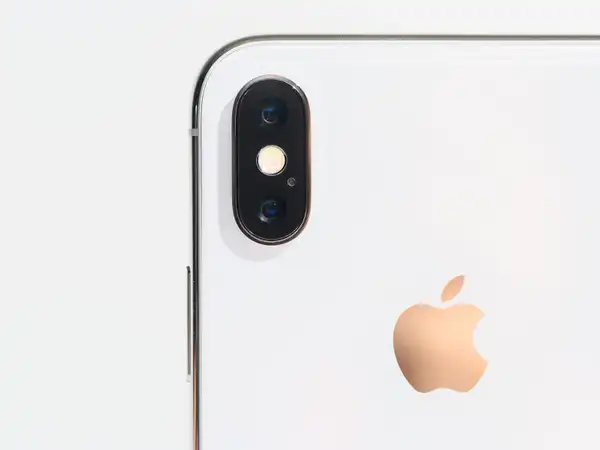
The camera module on the base iPhone 16 models could look similar to the iPhone X and iPhone XS models.
Apple just updated the iPhone’s design with the softer edges on the iPhone 15 series and the titanium frame on the iPhone 15 Pro, so we’re not expecting any significant changes to the iPhone 16, apart from a standard refresh of colors, according to Bloomberg.
The iPhone 16 and iPhone 16 Plus may adopt an oval pill-shaped camera module that could look similar to the iPhone X and iPhone XS camera module rather than the square module on current and previous iPhone generations, as reported by several publications, including Tom’s Guide and MacWorld.
Meanwhile, there’s no indication that Apple has changed the camera module design on the iPhone 16 Pro series.
Either way, if year-over-year iPhone design changes continue, one thing is almost certain: your iPhone case, even for the current iPhone 15, likely won’t fit the iPhone 16 series.
iPhone 16: New buttons
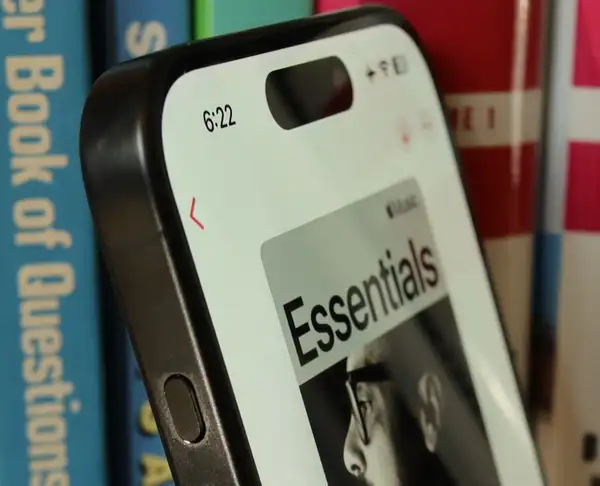
Apple is expected to bring the iPhone 15 Pro’s Action button to each iPhone 16 model.
According to Bloomberg, the iPhone 16 and iPhone 16 Plus are set to adopt the Action button to replace the iconic notifications mute switch. The Action button, which debuted on the iPhone 15 Pro models, offers quick access to customizable functions, like activating the camera, turning on the flashlight, toggling a Focus mode, and switching Silent Mode mode on or off. The base iPhone 15 models lacked this button.
Bloomberg’s Gurman also reported that the iPhone 16 Pro models will have a new “Capture” button designed for recording video. Other reports claim the Capture button could feature on all four iPhone 16 models.
The reported “Capture” button will be located on the bottom-right edge of the phone; it’s said to be touch-sensitive to register varying levels of pressure and swipes for extra functions, as first reported by The Information, citing “people with direct knowledge of the situation.” Swiping left and right on the Capture button, for example, may offer a zooming function. Applying light pressure could offer extra focus control, and heavier pressure could start a video recording.
iPhone 16: Cameras
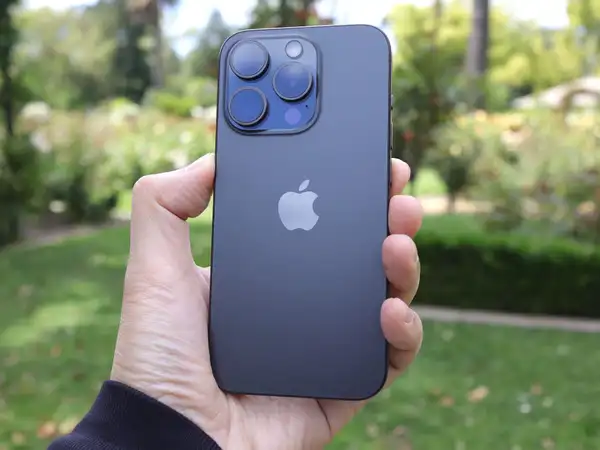
Unlike the iPhone 15 Pro models, the iPhone 16 Pro is expected match the high-end zoom lens of its Pro Max counterpart.
Apple could bring uniformity to the iPhone 16 Pro lineup’s cameras, as it may include a tetraprism zoom lens on the iPhone 16 Pro, not just the iPhone 16 Pro Max, according to the reputable analyst Ming-Chi Kuo. Kuo’s prediction gained additional veracity when Bloomberg’s Mark Gurman corroborated that the iPhone 16 Pro will get a 5x zoom camera.
Indeed, only the iPhone 15 Pro Max features a 5x tetraprism zoom lens for extended zoom range, while the iPhone 15 Pro has a standard 3x zoom lens.
Gurman also claims the iPhone 16 Pro models will feature upgraded 48MP ultrawide cameras compared to the current 12MP ultrawide camera on the iPhone 15 Pro models.
As Apple has done with every new iPhone generation, the cameras themselves may be slightly tweaked, but it’s likely they’ll keep the same resolution as the iPhone 15 series.
iPhone 16: Software
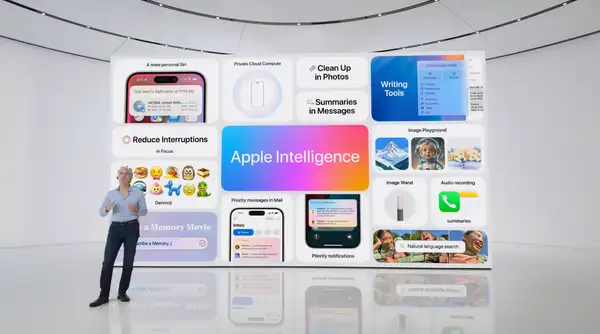
iOS 18 will bring a slate of new software features to the iPhone 16 series.
The iPhone 16 will herald the latest version of Apple’s mobile operating system, iOS 18, which the company announced at WWDC on June 10.
While several older iPhone models will also support iOS 18, only the iPhone 15 Pro and later models will support Apple’s AI, or “Apple Intelligence,” as the company calls it. This proprietary AI, coupled with the integration of OpenAI’s ChatGPT, will enhance several aspects of compatible iPhones, including Siri, anything that involves writing and text, editing photos, and more.
Apple Intelligence’s launch will reportedly be delayed until October, which could be weeks after the new iPhone 16 series and iOS 18 are released, according to Bloomberg.
The new iOS 18 operating system will also include support for RCS messaging, which should open up more features between iOS and Android users in texts, like sharing higher-resolution photos and videos that don’t look incredibly pixelated, as well as read receipts. Text messages from Android users will still appear as a green bubble.
The iPhone 16 will also have the ability to send messages via a satellite connection with iOS 18 if you’re in a place with no cell signal, even if it’s not an emergency. This feature will also extend to the iPhone 15 and iPhone 14, which have the necessary parts to communicate with the relevant satellites.
iPhone 16: Performance

The iPhone 16 series is expected to receive a new A18 processor to accommodate Apple’s AI features.
Apple’s iPhone 16 series is expected to run on a new processor, the A18 chipset, with 8GB of memory and components specially tuned for Apple’s AI features, according to Bloomberg. All four iPhone 16 models are expected to run Apple Intelligence.
With that in mind, we expect Apple to distinguish the iPhone 16 Pro models with a more powerful processor, likely called the A18 Pro. Apple introduced its first “Pro” processor with the A17 Pro on the iPhone 15 Pro models, so it makes sense the company would add a new “Pro” processor in the iPhone 16 Pro models to differentiate the models and further accommodate AI.
iPhone 16: Price and release date
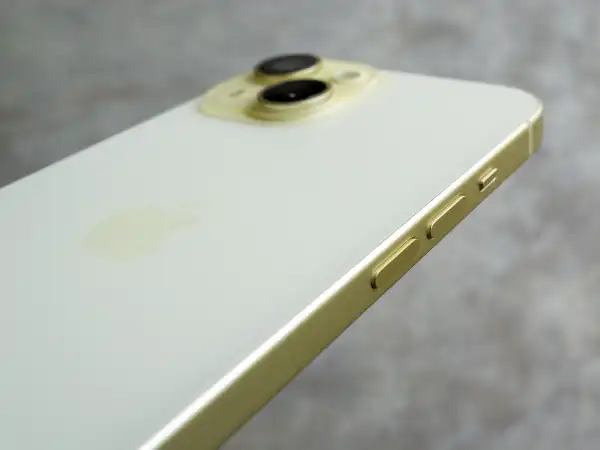
The iPhone 16 could cost the same as the iPhone 15, but bigger upgrades in the iPhone 16 Pro models might lead to higher prices.
No reliable or familiar sources are placing numbers for the iPhone 16 lineup’s pricing. Apple’s iPhone pricing has largely remained the same across its lineup since the iPhone 12 series in 2020, with only the iPhone 15 Pro Max getting a $100 year-over-year price increase since.
From an annual trend perspective, since Apple already made a price change in the iPhone 15 series, we would expect the iPhone 16 lineup to keep the same starting prices of $799 (base), $899 (Plus), $999 (Pro), and $1,199 (Pro Max). Yet, it wouldn’t be surprising to see a price increase for the iPhone 16 Pro models, as price increases tend to accompany more significant design changes or feature additions, like the predicted larger screens and upgraded designs.
As for a release date, Apple is expected to announce the new iPhone 16 series during its “Glowtime” event on September 9. The company typically releases its new phones between one and two weeks after its fall iPhone launch event. For example, Apple announced the iPhone 15 series on September 12, preorders began on September 15, and the lineup became fully available on September 22.
Should you wait to buy the iPhone 16?
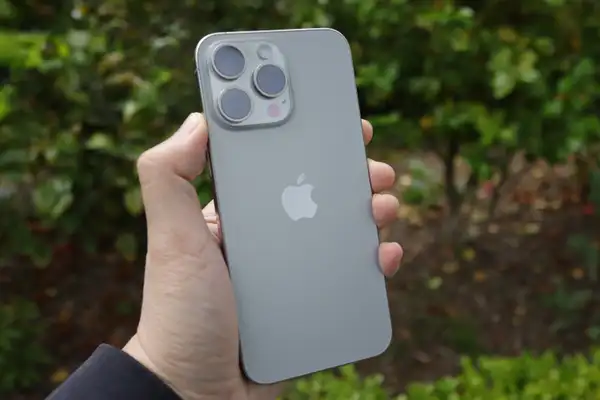
If you can wait to buy a new iPhone, you probably should.
At this stage of Apple’s annual iPhone cycle, with less than a week until the expected iPhone 16 announcement, there’s more reason to wait than to buy an iPhone 15 now. You might as well hold on to your current iPhone to see what features and improvements the iPhone 16 comes with.
While the iPhone 15 and iPhone 15 Pro models are truly excellent iPhones, you might regret buying them now rather than waiting and paying the same price for a new device.
Even if you’re looking to buy a less expensive phone now, like the iPhone 14 or iPhone 13, waiting a few weeks could save you $100 while obtaining a newer, better iPhone. Indeed, the iPhone 15 and iPhone 14 will likely be available for lower prices after the iPhone 16 announcement.
The exception is if you need a new phone immediately for whatever reason. In that case, most people would be more than satisfied with the iPhone 15, our top pick for the best iPhone. If you opt for that model, check our guides to the best iPhone 15 cases and best iPhone 15 screen protectors to equip the phone with comprehensive protection.
Note, however, that the iPhone 15 Pro models are the only current phones that will be able to run Apple Intelligence when it’s released; if you have any interest in AI features, aren’t able to wait until next week for a new phone, or have been meaning to grab the iPhone 15 Pro or Pro Max specifically, it might make sense to stretch your budget for the high-end model. See our guides to the best iPhone 15 Pro cases and screen protectors or the best iPhone 15 Pro Max cases and screen protectors to protect either phone.
How we sourced predictions
Over 10 years of covering and reviewing phones, I’ve identified several industry analysts, reporters, and other sources who publish realistic findings, claims, and predictions online about upcoming phones. There are hundreds who publish rumors, but only a few are trustworthy.
Some predictions are based on business activity between different companies, while others are sourced from typically unnamed individuals who are directly familiar with an upcoming phone’s development. Any reporter, outlet, or individual can claim to cite a “source familiar with the matter,” but those I pay attention to typically have the best track record, which suggests they have actually spoken to someone who has had some kind of reliable access to an upcoming device’s information.
I’ve also identified patterns of claims and predictions to assess their plausibility. Typically, a large number of claims appear years before a phone is announced. Over time, claims that are repeated with refreshed information or with additional sourcing have a higher tendency to become accurate. Likewise, predictions that appear sparsely, especially as the phone’s expected announcement is imminent, have a higher tendency to be inaccurate, or perhaps related to a future phone model.


